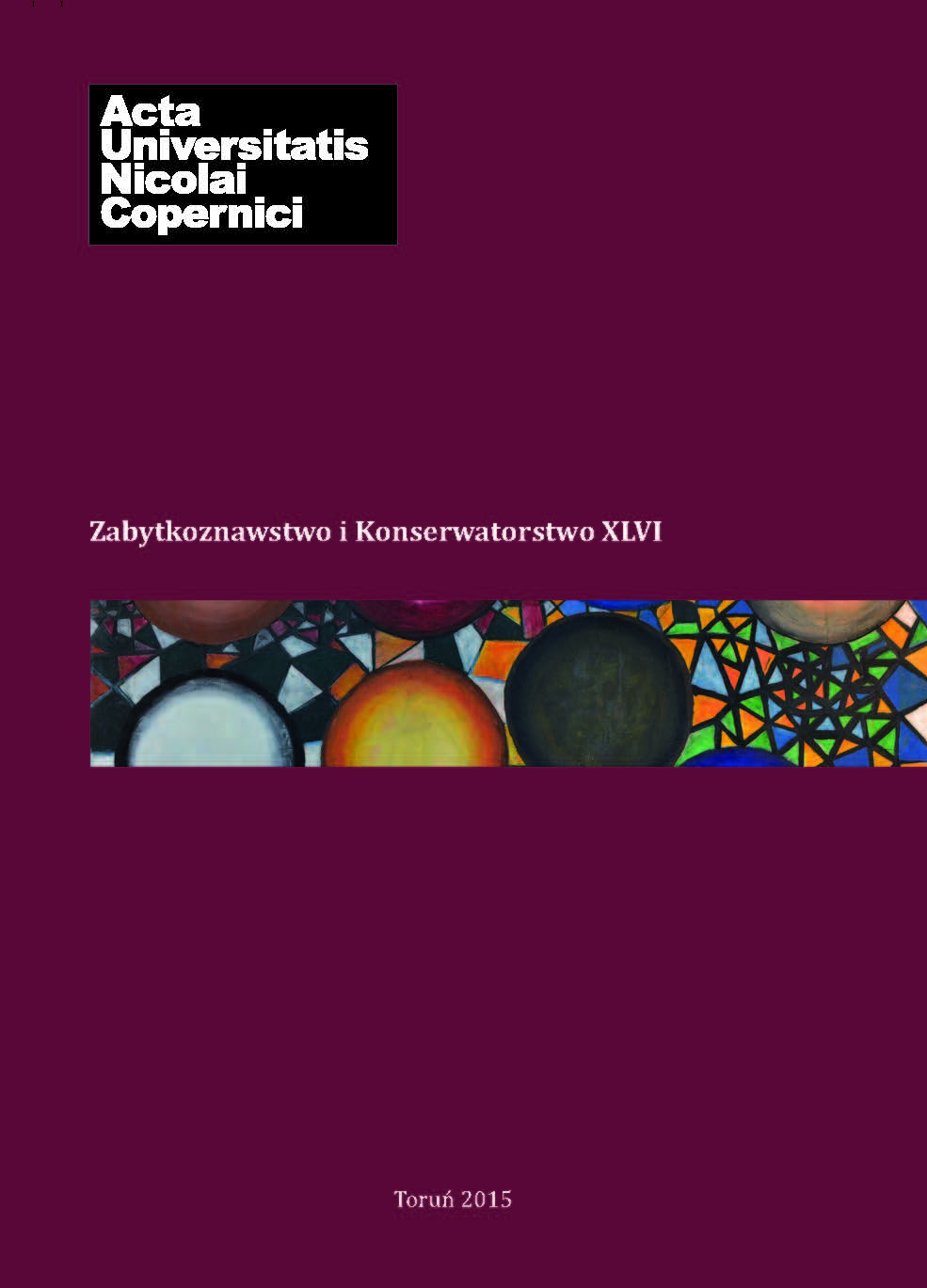Kobiecość przekształcona. Indyzacja i europeizacja kobiety w strefach kontaktu na przykładzie malarstwa miniaturowego XVI–XIX w.
DOI:
https://doi.org/10.12775/AUNC_ZiK.2015.008Abstrakt
The subject of the article is an analysis of how images of European women were adapted in Indian miniature painting created under the patronage of Muslim and Hindu rulers during the period from the 16th to the 19th century. The term contact zone was used to identify areas where two cultures – in this case, Indian and European – met and the interactions between them. This would seem relevant for a analysis of these complex multicultural relations and this article will focus on two issues – art and gender. The analysed works bring together some fundamental issues – they were created for a local recipient, not the coloniser. Therefore, they reveal the reactions of a local artist created for a local patron. By analysing the representations of European women, or those modelled on them, one may observe the following process of their assimilation into an Indian form: familiarsing themselves with a foreign femininity and technique by copying and then adapting it to an Indian theme and then the Indianisation of European women and the creation on this basis of a new type of Indian woman Images of European women also affected how Indian women were portrayed. So this contact had two main dimensions – European ladies were subjected to Indianisation, while the Indians underwent a kind of Europeanisation.Pobrania
Opublikowane
2016-06-20
Jak cytować
1.
KAMIŃSKA-JONES, Dorota. Kobiecość przekształcona. Indyzacja i europeizacja kobiety w strefach kontaktu na przykładzie malarstwa miniaturowego XVI–XIX w. Acta Universitatis Nicolai Copernici Zabytkoznawstwo i Konserwatorstwo [online]. 20 czerwiec 2016, T. 46, s. 215–242. [udostępniono 20.11.2024]. DOI 10.12775/AUNC_ZiK.2015.008.
Numer
Dział
Artykuły
Licencja
CC BY ND 4.0. Posiadaczem prawa autorskiego (Licencjodawcą) jest Autor, który na mocy umowy licencyjnej udziela nieodpłatnie prawa do eksploatacji dzieła na polach wskazanych w umowie.
- Licencjodawca udziela Licencjobiorcy licencji niewyłącznej na korzystanie z Utworu/przedmiotu prawa pokrewnego w następujących polach eksploatacji: a) utrwalanie Utworu/przedmiotu prawa pokrewnego; b) reprodukowanie (zwielokrotnienie) Utworu/przedmiotu prawa pokrewnego drukiem i techniką cyfrową (e-book, audiobook); c) wprowadzania do obrotu egzemplarzy zwielokrotnionego Utworu/przedmiotu prawa pokrewnego; d) wprowadzenie Utworu/przedmiotu prawa pokrewnego do pamięci komputera; e) rozpowszechnianie utworu w wersji elektronicznej w formule open access na licencji Creative Commons (CC BY-ND 3.0) poprzez platformę cyfrową Wydawnictwa Naukowego UMK oraz repozytorium UMK.
- Korzystanie przez Licencjobiorcę z utrwalonego Utworu ww. polach nie jest ograniczone czasowo ilościowo i terytorialnie.
- Licencjodawca udziela Licencjobiorcy licencji do Utworu/przedmiotu prawa pokrewnego nieodpłatnie na czas nieokreślony
PEŁEN TEKST UMOWY LICENCYJNEJ >>
Statystyki
Liczba wyświetleń i pobrań: 471
Liczba cytowań: 0



